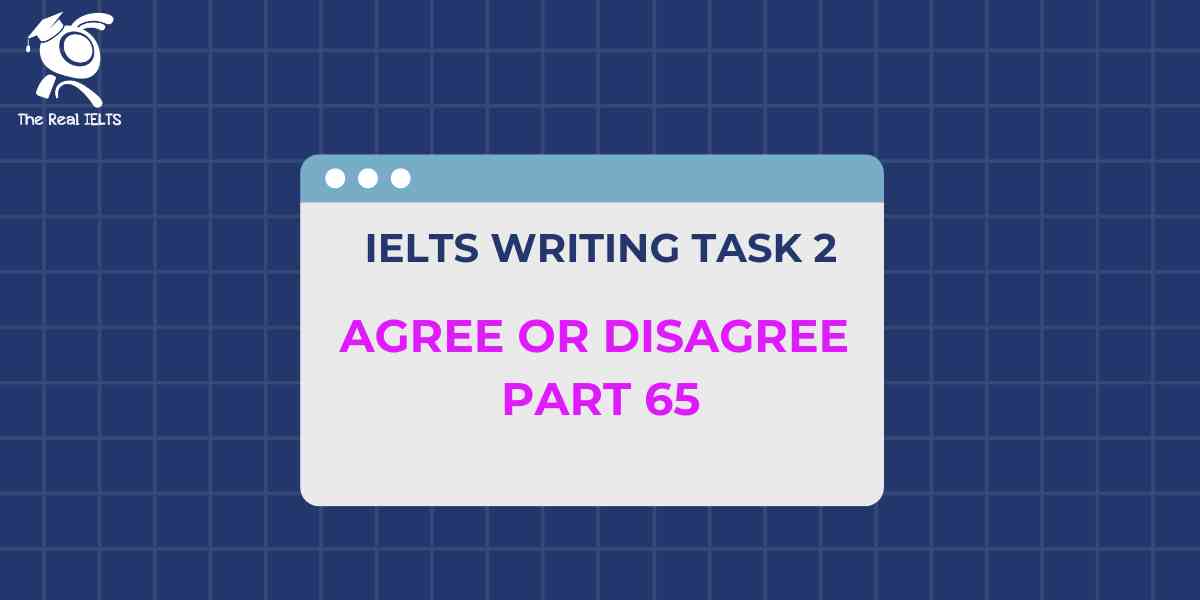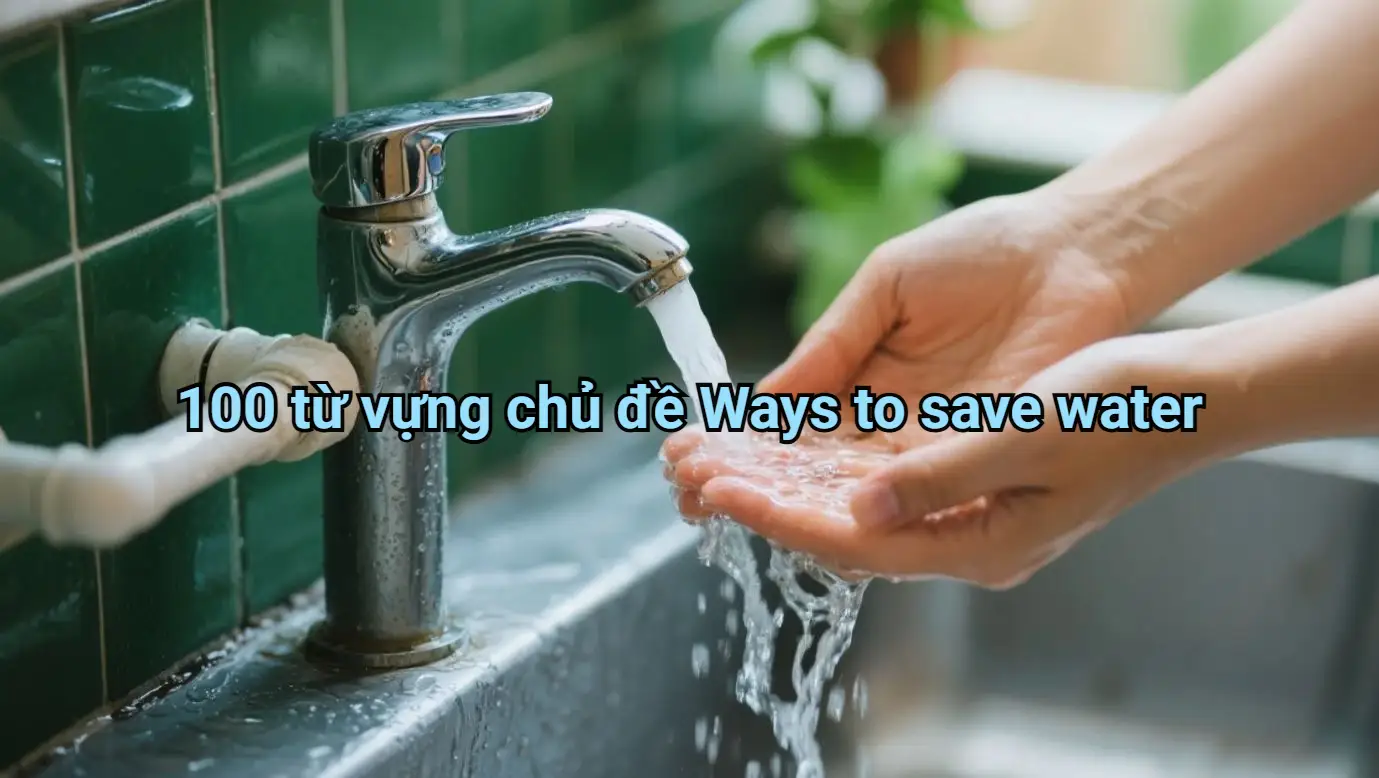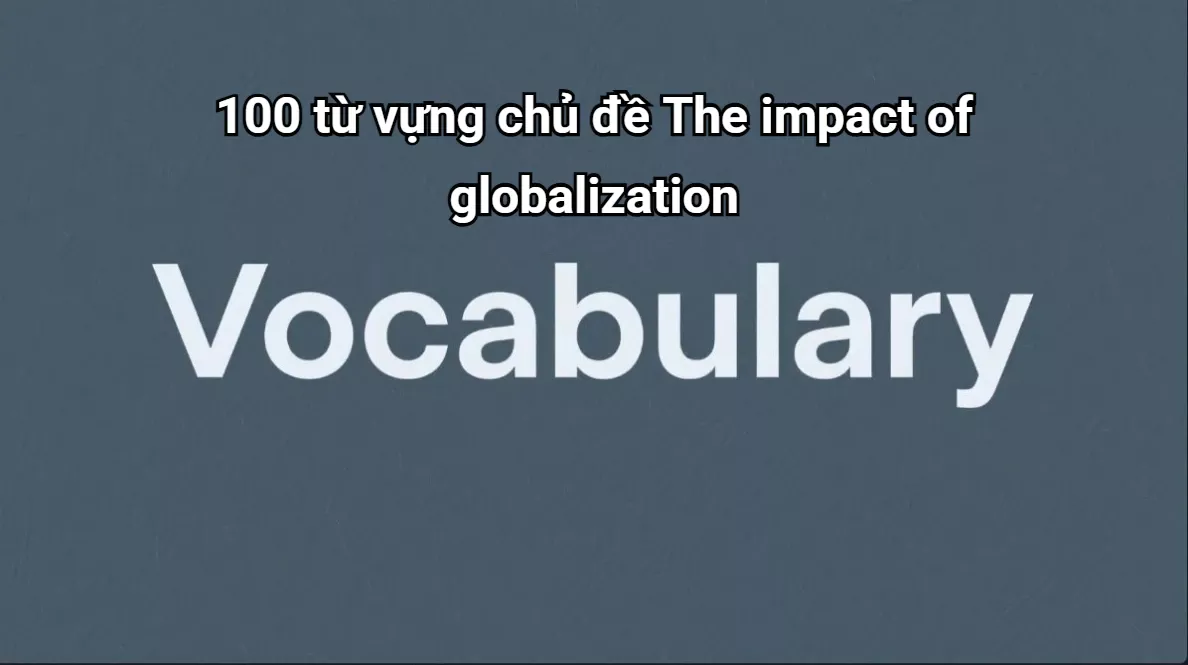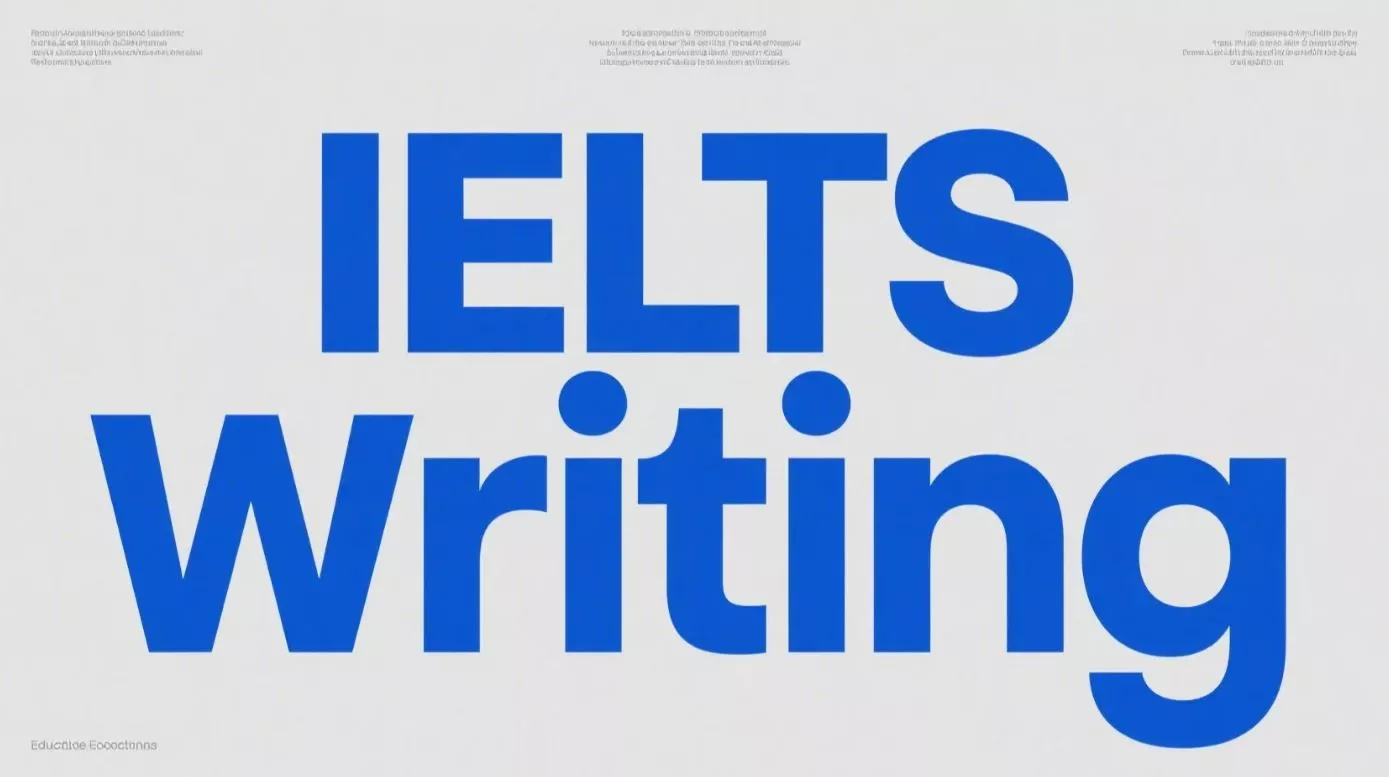Đề bài IELTS Writing Task 2 dạng Agree or Disagree Part 65:
You should spend about 40 minutes on this task
Advertising aimed at children should be banned. To what extent do you agree or disagree?
Write at least 250 words.
Giải mẫu IELTS Writing
In today’s consumer-driven world, advertising plays a significant role in shaping children’s preferences and behaviors. There is an ongoing debate about whether advertisements targeting children should be banned. While some argue that such a ban is necessary to protect young minds, others believe that advertising can be educational and is a reflection of a free market economy. In this essay, I will argue that while some forms of advertising aimed at children should indeed be restricted, a complete ban is neither practical nor entirely beneficial.
First and foremost, children are highly impressionable and may lack the critical thinking skills necessary to understand the persuasive intent behind advertisements. This can lead to the development of unhealthy habits, such as poor dietary choices and materialism, as children are often exposed to commercials promoting sugary snacks, fast food, and expensive toys. Studies have shown a correlation between advertising exposure and an increase in childhood obesity, indicating a direct impact on children’s health. Therefore, regulating advertisements that promote unhealthy products is crucial to protect children’s well-being.
However, it is also important to recognize that not all advertising is inherently harmful. Educational advertisements, for instance, can play a positive role in teaching children about good hygiene, healthy eating habits, and environmental awareness. Moreover, advertisements can serve as a valuable tool for parents to learn about new products that may benefit their children, such as educational toys and learning programs. Thus, a blanket ban on all advertising aimed at children could inadvertently stifle the dissemination of beneficial information.
Furthermore, completely banning advertisements aimed at children could pose significant challenges in terms of enforcement and practicality. In the digital age, children are exposed to a plethora of media platforms, including television, internet, and social media, making it difficult to monitor and control the content they view. Instead of a total ban, a more feasible approach would be to implement stricter regulations that ensure advertisements targeting children are ethical and do not exploit their naivety.
In conclusion, while there are valid concerns about the negative impact of advertising on children, a complete ban is not the most effective solution. Instead, targeted regulations that limit harmful advertisements and promote educational content would strike a better balance. By doing so, we can protect children’s health and development while still allowing them to benefit from the positive aspects of advertising.
Cấu trúc ngữ pháp và cấu trúc câu
Cấu trúc câu:
- Câu phức (Complex Sentences):
- “In today’s consumer-driven world, advertising plays a significant role in shaping children’s preferences and behaviors.”
- “While some argue that such a ban is necessary to protect young minds, others believe that advertising can be educational and is a reflection of a free market economy.”
- “While there are valid concerns about the negative impact of advertising on children, a complete ban is not the most effective solution.”
- Câu ghép (Compound Sentences):
- “Studies have shown a correlation between advertising exposure and an increase in childhood obesity, indicating a direct impact on children’s health.”
- “Moreover, advertisements can serve as a valuable tool for parents to learn about new products that may benefit their children, such as educational toys and learning programs.”
- Câu phức ghép (Compound-Complex Sentences):
- “Instead of a total ban, a more feasible approach would be to implement stricter regulations that ensure advertisements targeting children are ethical and do not exploit their naivety.”
Cấu trúc ngữ pháp:
- Câu điều kiện (Conditional Sentences):
- “If a total ban were implemented, it could inadvertently stifle the dissemination of beneficial information.”
- Mệnh đề danh ngữ (Noun Clauses):
- “There is an ongoing debate about whether advertisements targeting children should be banned.”
- Mệnh đề tính ngữ (Adjective Clauses):
- “Children are often exposed to commercials promoting sugary snacks, fast food, and expensive toys.”
- Mệnh đề trạng ngữ (Adverbial Clauses):
- “While some argue that such a ban is necessary to protect young minds, others believe that advertising can be educational.”
Từ kết nối các câu và đoạn:
- Trong câu và đoạn văn:
- In today’s consumer-driven world (mở đầu đoạn văn, giới thiệu bối cảnh)
- While some argue (đối lập ý kiến)
- However (chuyển đoạn, giới thiệu ý kiến khác)
- Moreover (bổ sung thông tin)
- Furthermore (bổ sung thông tin thêm vào ý trước)
- Instead of (giới thiệu giải pháp thay thế)
- In conclusion (kết luận)
- Liên từ phụ thuộc (Subordinating Conjunctions):
- While (chỉ sự đối lập hoặc sự so sánh)
- That (dẫn mệnh đề danh ngữ)
- As (để giải thích lý do)
- Because (để giải thích lý do)
- Although (để biểu thị sự đối lập)
- Liên từ kết hợp (Coordinating Conjunctions):
- And (bổ sung thông tin)
- But (đối lập thông tin)
- Or (lựa chọn)
- Liên từ liên kết (Conjunctive Adverbs):
- However (chỉ sự đối lập)
- Therefore (kết quả hoặc kết luận)
- Moreover (bổ sung thông tin)
- Instead (giới thiệu sự lựa chọn thay thế)
- Thus (kết luận)
Các từ vựng tiếng Anh cần lưu ý trong bài viết
- Consumer-driven – hướng đến người tiêu dùng
- Advertisements – quảng cáo
- Targeting – nhắm đến, hướng đến
- Debate – cuộc tranh luận
- Persuasive intent – mục đích thuyết phục
- Impressionable – dễ bị ảnh hưởng
- Critical thinking skills – kỹ năng tư duy phản biện
- Develop – phát triển
- Unhealthy habits – thói quen không lành mạnh
- Exposure – sự tiếp xúc
- Promoting – thúc đẩy, quảng bá
- Sugary snacks – đồ ăn vặt có đường
- Fast food – đồ ăn nhanh
- Materialism – chủ nghĩa vật chất
- Childhood obesity – béo phì ở trẻ em
- Well-being – sự khỏe mạnh, phúc lợi
- Regulating – điều chỉnh, kiểm soát
- Educational advertisements – quảng cáo giáo dục
- Hygiene – vệ sinh
- Healthy eating habits – thói quen ăn uống lành mạnh
- Environmental awareness – nhận thức về môi trường
- Dissemination – sự phổ biến, truyền bá
- Beneficial information – thông tin có lợi
- Blanket ban – lệnh cấm hoàn toàn
- Enforcement – sự thi hành
- Digital age – thời đại kỹ thuật số
- Media platforms – nền tảng truyền thông
- Ethical – có đạo đức
- Exploit – lợi dụng
- Naivety – sự ngây thơ, thiếu hiểu biết
- Feasible – khả thi
- Stricter regulations – quy định nghiêm ngặt hơn
- Balance – sự cân bằng
- Development – sự phát triển
Đọc thêm các bài Luyện Thi IELTS khác trong link nhé.















